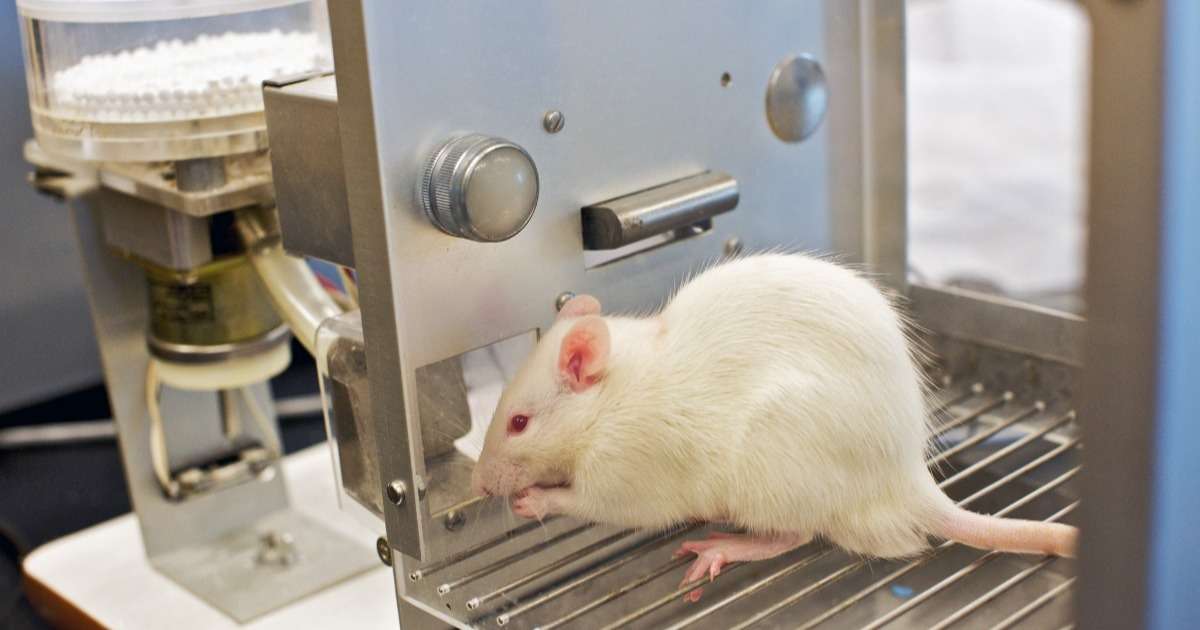
Using video tracking to study operant behavior in rodents
What is operant behavior? And how can we use software such as EthoVision XT to increase our understanding in the learning and memory processes involved in these studies?
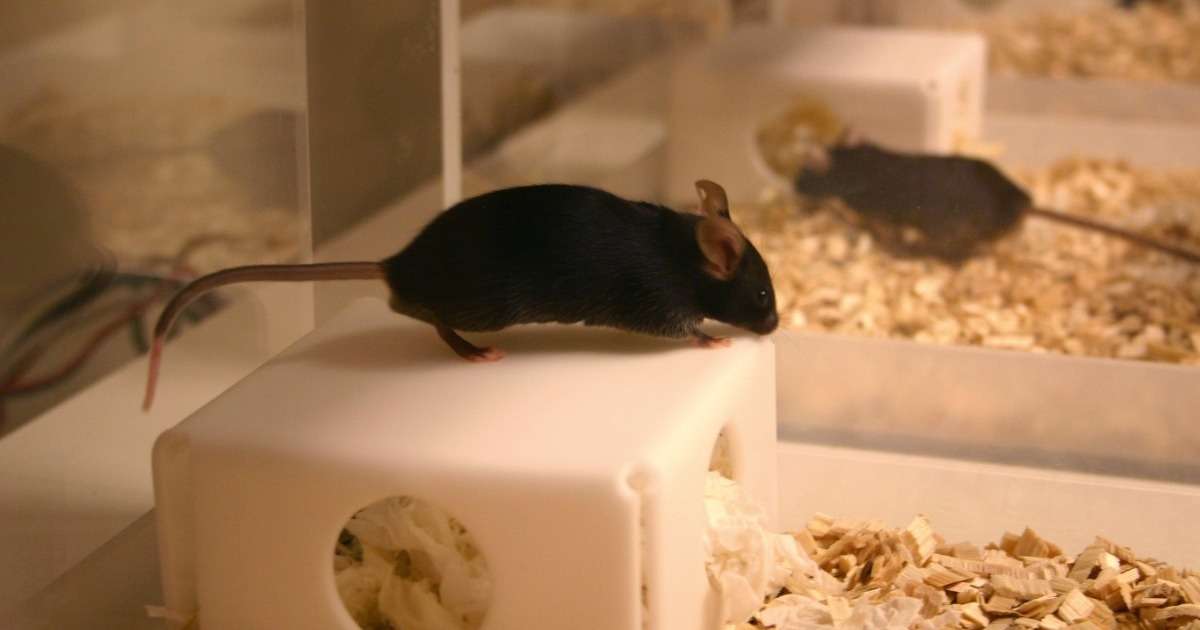
Better together or happier apart? The effects of housing on stress in mice
Does housing mice on their own affect animal welfare and reduce experimental validity? How was EthoVision XT video tracking software used to automate this investigation?

The social interaction test: effortless and dependable with EthoVision XT
What is the social interaction test? This blog dives into this topic for fish and rodents. Why is social interaction important to measure, and how do we go about doing it?
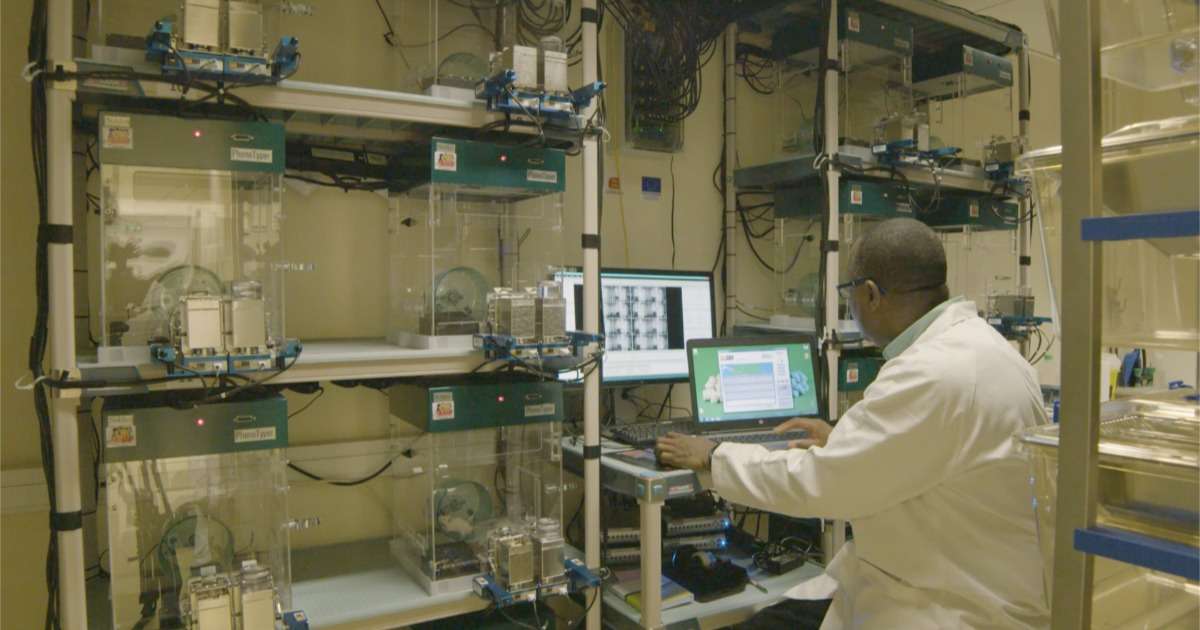
5 steps to set up the perfect behavioral suite
Noldus is your partner in research, and with versatile tools such as our state-of-the-art video tracking software EthoVision XT, we can help you achieve that next crucial goal in your animal experiment(s).

True or false? 10 statements about gait research in rodents
There are many ‘facts’ going around about rodent gait research tests and systems. How well they work, drawbacks, what they can and cannot measure. In this article, we get some of the facts straight.
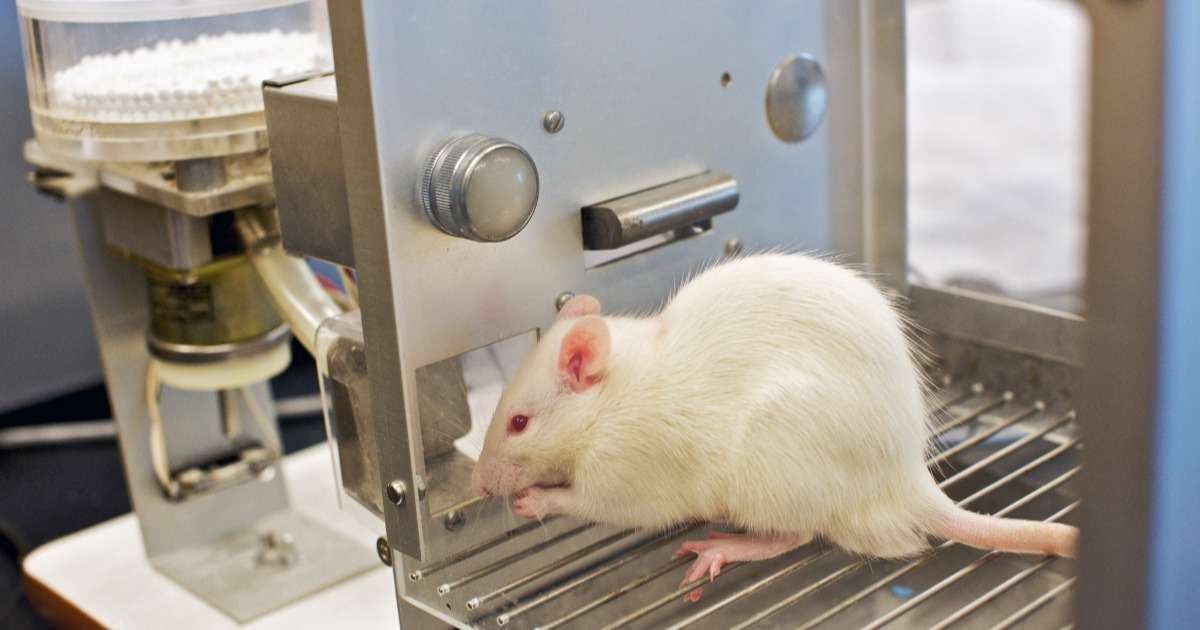
Guest blog: Having a look at operant behavior
Scientists from Idorsia Pharmaceuticals in Switzerland provide an expert view on operant behavior, and how we can improve our understanding of this complex behavior with the help of video tracking.
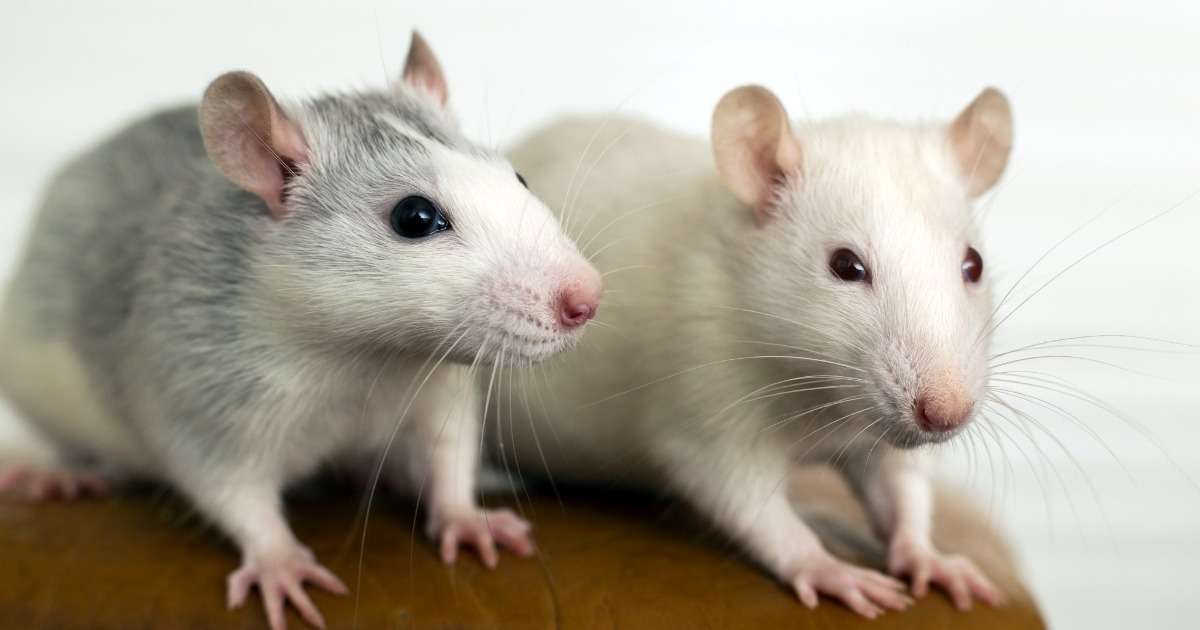
Summer reads: Gender differences in rodent research
Most of us are enjoying our summer break, or are about to, soon. We have rounded up some summer reads about love, heartbreak, alcohol, and drugs… for those of us that might have a hard time taking a break from science.

Part 2: How researchers use the Morris water maze to find treatments for AD
In this second part of a two-part mini series, we highlight two more studies on potential Alzheimer’s disease treatments that are investigated using a Morris water maze.
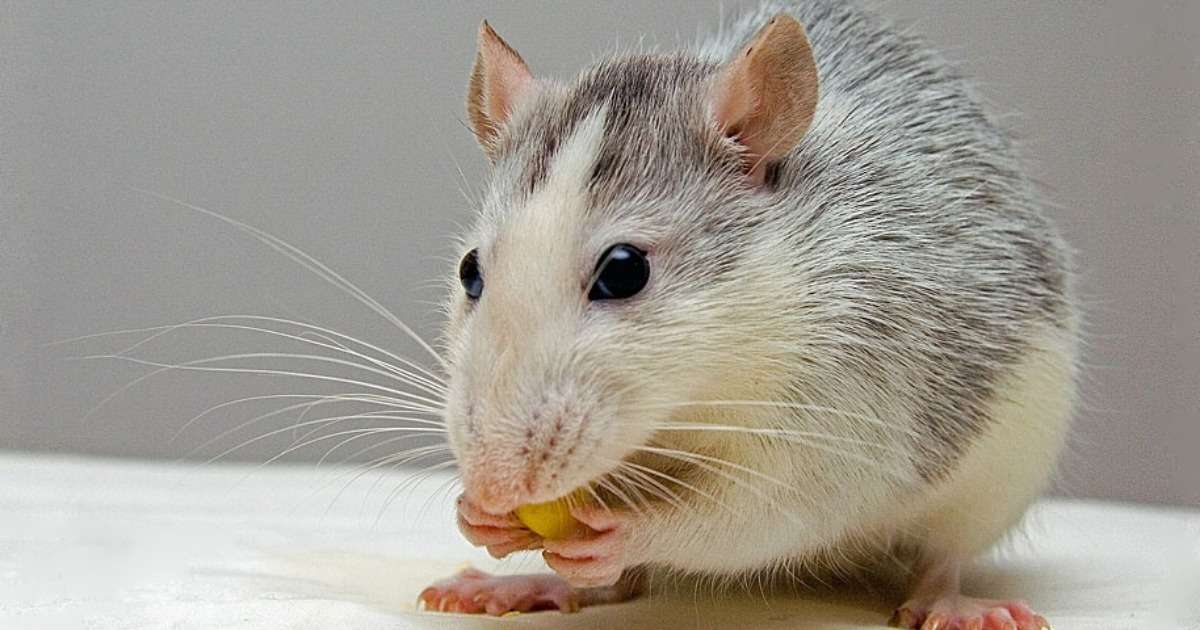
WHY use a Y-maze? Automating learning and memory tests in rodents
Y-maze testing is exactly what you would think: a maze with three arms that maze rodents have to navigate on their way to food, shelter, or another reward. It is often used to test spatial learning, but why?
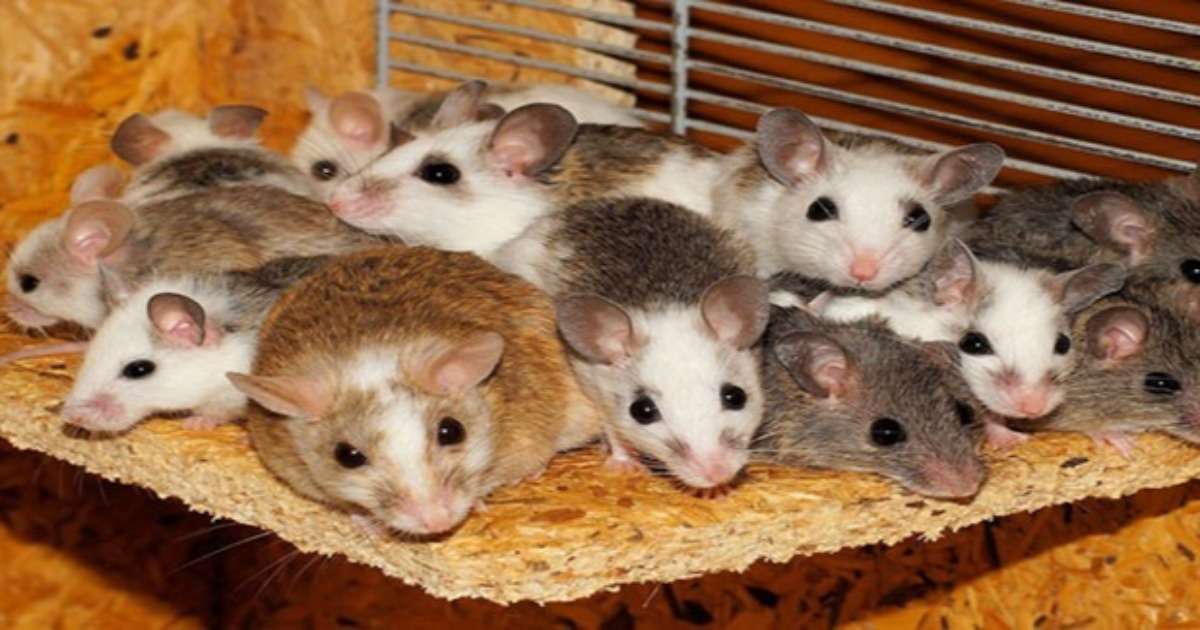
Determining the best housing strategy for mice
When using animal models for scientific research, their welfare should be a priority. Here, we're looking at the effects of different housing strategies for mice, and how PhenoTyper provides researchers with insight.
